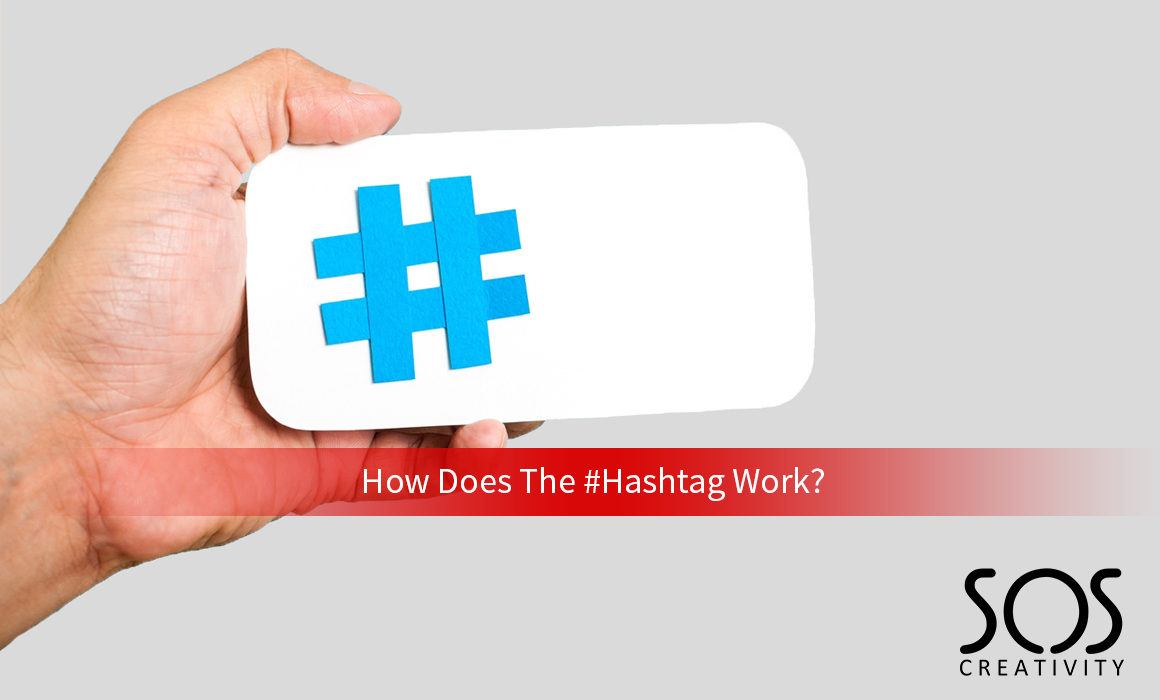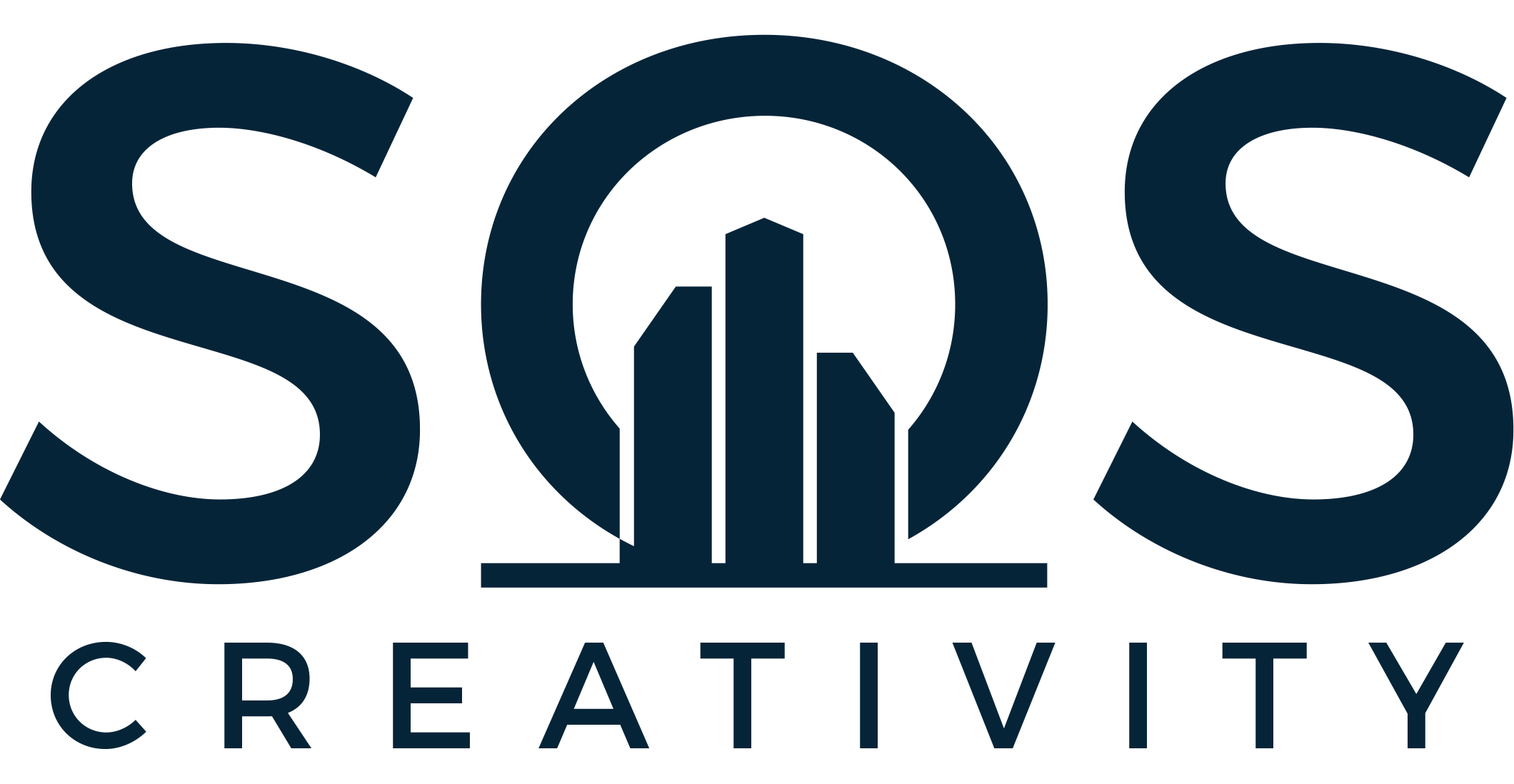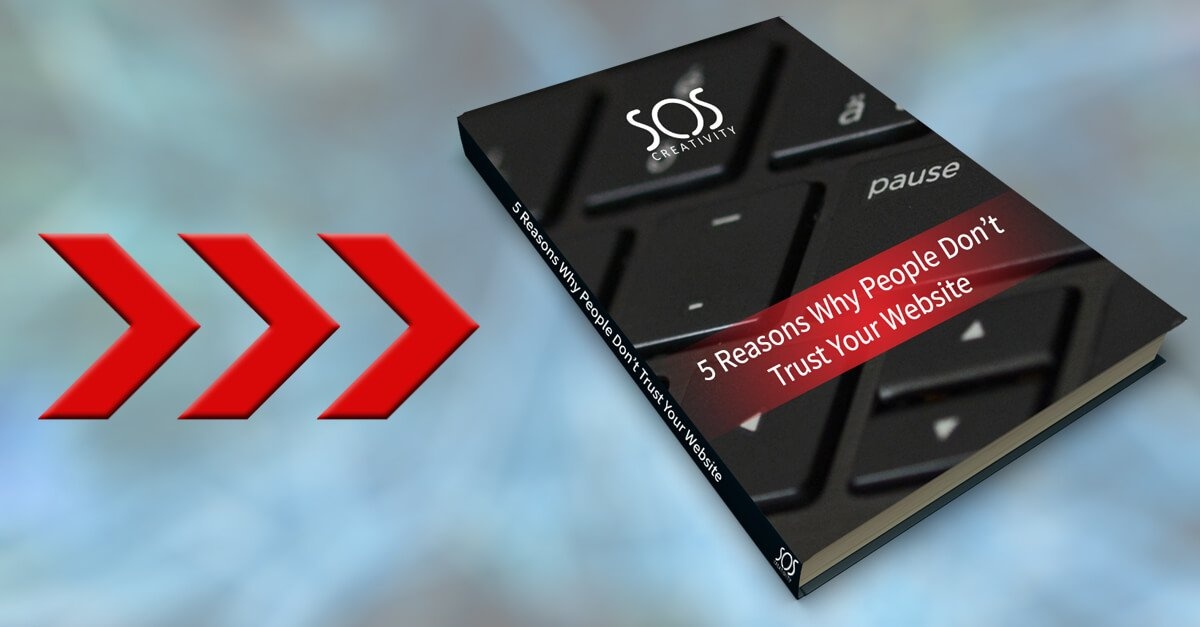How does the hashtag work?

Achieving new years’ resolution goals for your company/business
27 December 2018
What is the importance of branding?
10 January 2019
Hashtag was a concept invented in 2007 by Chris Messina “friend to startups, inventor of the hashtag (original proposal), former Googler, and proud participant in the open source/open web communities”.
Since its adoption and growth, the hashtag (#) has been revolutionary with its ability to sort through data, group related information and so on. Using it wisely could make an average post go viral and a misuse could make you look very stupid.
In this blog post, we will be explaining to you about how the hashtag works and you can utilise it properly for your social media marketing.
What do hashtags do?
Hashtags help your content become discoverable to others. It can almost be seen as a label for different types of content and once you add hashtags, your post gets categorised into a community. I.e a post with #fitness attached to it could be seen as that content is sorted into that category under the fitness ‘label’.
Cater hashtags for the social network you’re using
Each social media network uses hashtags differently. Both Twitter and Instagram are big on the use of hashtags, and even though Facebook uses them, they’re not utilised as much as they should be as it’s not the norm for the platform.
Each platform has guidelines for their use of hashtags, for instance, Instagram only allows up to 30 per post. Do your research and find out which types of hashtags work for each platform.
Choose your hashtags wisely
You want your content to be seen by a community of people, so don’t make things difficult and keep it simple. If you add #website into your caption, your content gets added to that particular hashtag group which at the moment of writing this blog has 3,621,018 posts on Instagram. This means it’s a good hashtag to use.
If you add #wecreatewebsites, there’ll be limited visibility as there are only 1,646 posts in that hashtag cluster as of writing this post.
Choose your hashtags wisely and make sure that they suit your industry/business. You can use a mixture of very popular and medium-sized hashtags to create balance.
Develop your brand under a single hashtag
This point is self-explanatory, but it’s important that you do create a hashtag for your business. For us at SOS Creativity, we just use #soscreativity under every piece of content that we create and/or post.
This creates your own little community where people can click onto your hashtag and see everything that you have posted within, and it allows users to use it in their posts to join the community. For example, if somebody comes to visit your shop, if they are posting about their visit or anything that they bought, they can use your hashtag to help you spread the word about your business.
Don’t spam with hashtags
Don’t overdo your use of hashtags within one post, especially on Twitter, Facebook or LinkedIn. Using too many devalues the strengths of the hashtags that you have chosen to use, which means they can all be perceived as meaningless. Only use hashtags that are relevant and important keywords to enhance your post.
It can also get very annoying for your followers to see all of your posts with tonnes of hashtags, potentially costing you in followers. Don’t be spammy! You don’t need to hashtag everything.
Digital marketing and website review
Submit your website address to find out how you stack up with your competitors. By doing this, a comprehensive website and marketing review report will be created for you.




